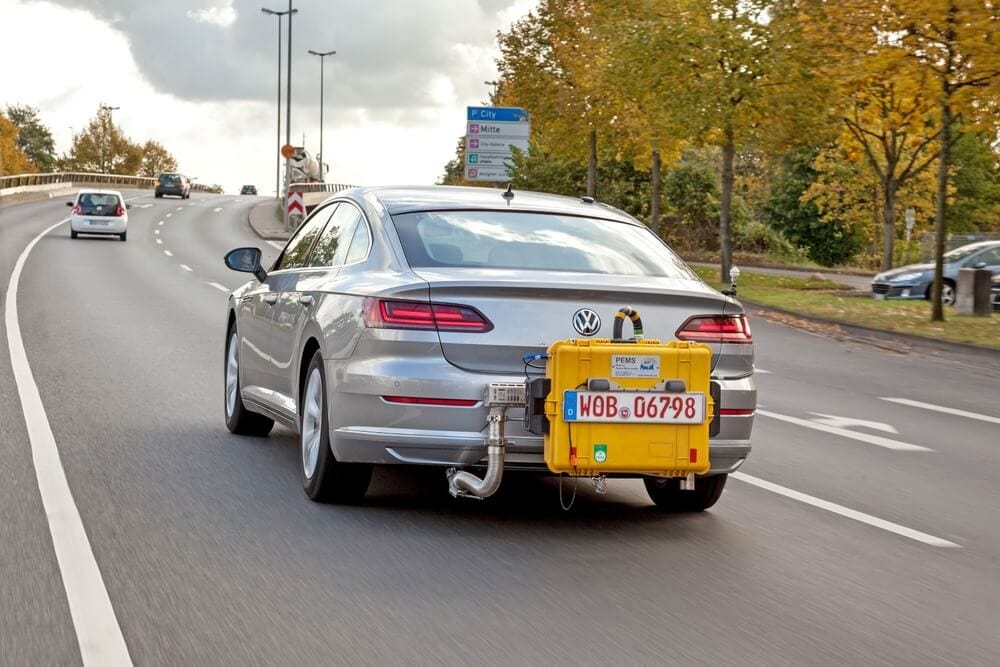WLTP: Here's how it's going in the new year
BACKGROUND Since 1 September, the "Worldwide harmonized Light vehicles Test Procedure" (WLTP) has been in force for passenger cars. It was harmonized at European level, adopted by politicians and has already been introduced: The WLTP emissions measurement procedure for passenger cars. The measurements are to be carried out under more realistic conditions. Deviation of test bench results A study by The International Council on [...]

It has been harmonized at European level, adopted by politicians and already introduced: The WLTP emissions measurement procedure for passenger cars. The measurements are to be carried out under more realistic conditions.
Deviation of the test bench results
A study by the International Council on Clean Transportation (ICCT) shows that the deviation of test bench results from emissions during real-world driving increased from ten percent in 2001 to 42 percent in 2016.
At 134.1 grams of CO2 per kilometer, the average standard CO2 emissions of new cars in 2017, most of which were still determined using the old NEDC test procedure, were even slightly higher than in the previous year (133.6 grams of CO2 per kilometer). The current target value is 130 grams of CO2 per kilometer - this is to be reduced to 95 grams of CO2 per kilometer from 2020.
The changes at a glance
In some cases, the new measurement method shows fuel consumption values that are over 50 percent higher because they are more realistic. This changes with the knife method.
Test duration: Compared to the NEDC procedure, which takes around 20 minutes, the emissions test according to the WLTP standard takes half an hour.
Test track: During this time, a test track of 23.25 km is covered instead of the previous 11 km.
Test speed: The average speed for the WLTP is 46.6 km/h. With the NEDC measurement method, it was 34 km/h.
Maximum speed: Passenger cars were accelerated to a maximum speed of 120 kilometers per hour in the NEDC measurement procedure; in the WLTP, it is 131 kilometers per hour.
Special equipment: The influence of special equipment on and in the car is now also taken into account in the measurement.
You can obtain further detailed information from your garage.









